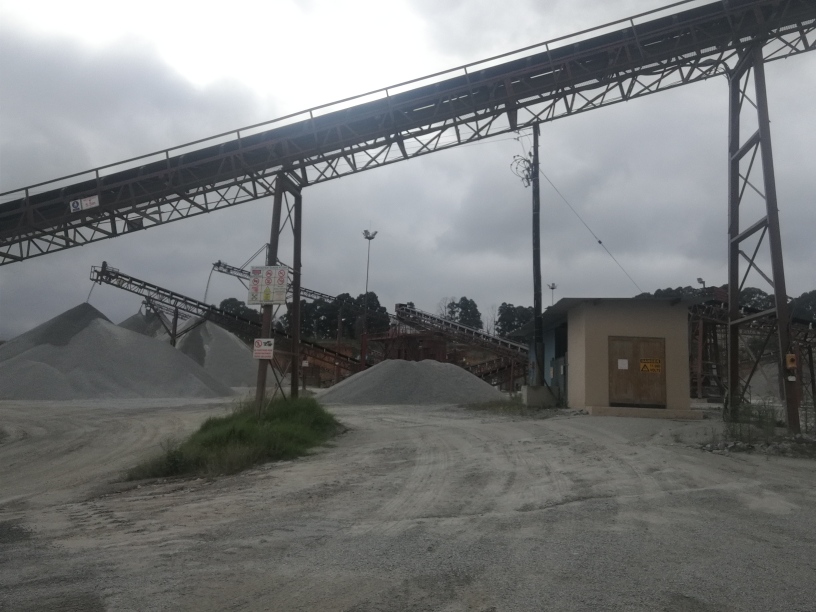Conveyor belts are frequently subjected to damage to their covers, fabrics and carcasses. Covers get rips, tears, cuts, gouges and scoring. Carcasses become worn and punctured. Belts crack and fray at the edges.
Conveyor belt repairs can take operations offline for a significant period of time. Using hot and cold splicing methods to repair a conveyor belt can immensely reduce downtime. Also, repairs using either of these methods can extend the life of your conveyor belt system.
The different types of conveyor belts include the nylon fabric belts, ST steel cord belts and flame retardant PVC whole core conveyor belts. Vulcanized splices ordinarily deteriorate from the inside out due to poor adhesion and signs of wear may come too late for any preventative measure. However, a vulcanized belt joint will nearly always outlive a mechanical splice. The process requires unique tools and a thorough knowledge of the rubber bonding process.
The cold splicing method utilizes vulcanized material such as patches and strips to repair a conveyor belt. Cold splicing does not use a press, but uses a bonding agent that causes a chemical reaction to splice the 2 belt ends together. The vulcanized material is placed over the damage area and secured with an adhesive. This makes the cold splicing method perfect for repairing belt covers damaged by scoring, gouges and other types of wear.
The hot splicing method uses heat and pressure to mend segments of a conveyor belt. Hot vulcanization splices are heated and cured under pressure with a vulcanizing process. The damaged part of the belt is carefully trimmed or removed. A new section repaired and bonded in place using cement or other adhesives. The hot splicing method is optimal for holes, cuts and tears in belt covers, steel cords and fabric.
Hot and cold splicing of belts require meticulous preparation to prevent contamination of the splicing area. Cold splicing requires relatively warm conditions and low moisture to ensure the cold vulcanizing cements work optimally.
